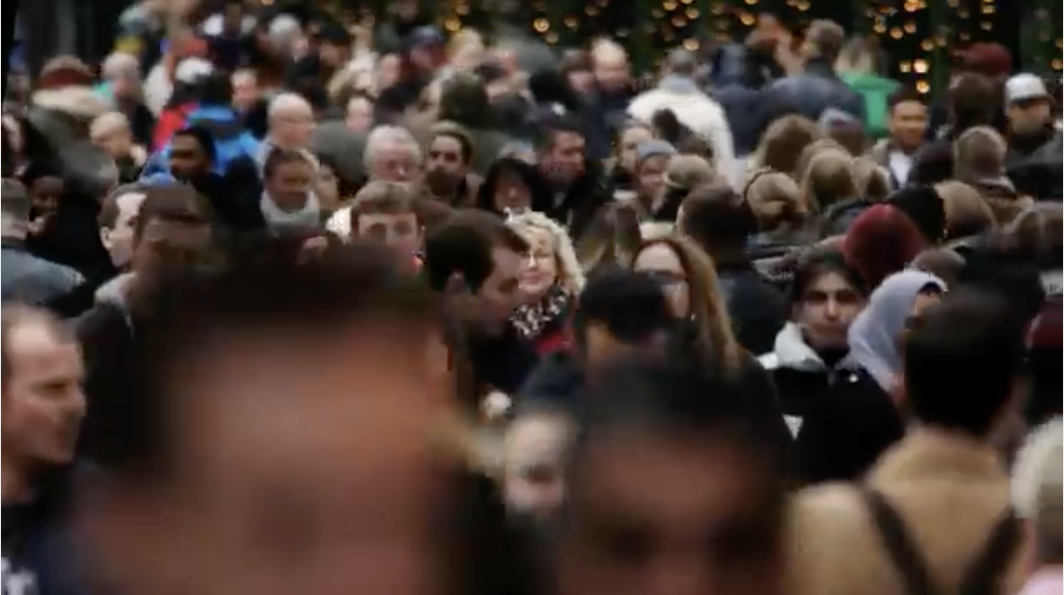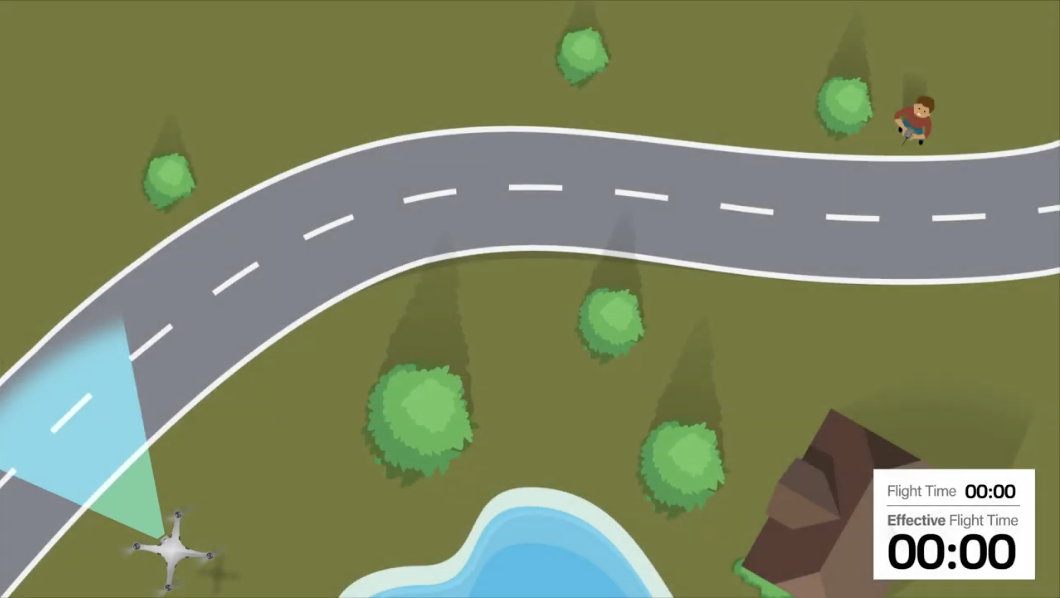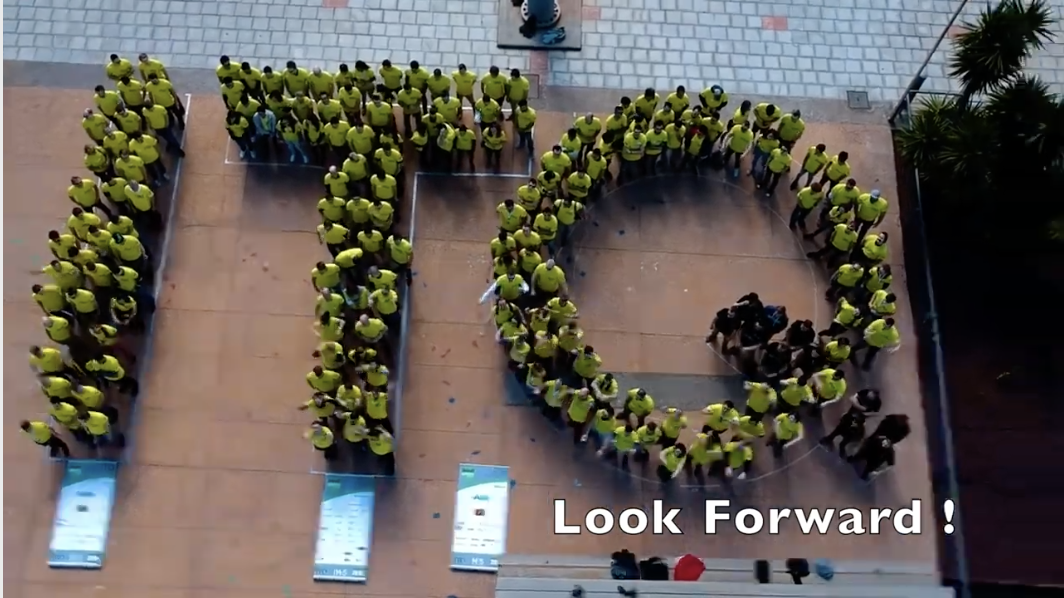Technology
Humans abilities to process visual information and to quickly make accurate decisions enables
us to orientate better and faster than can any currently available technology-assisted solution.
This ability is based on our situational awareness which is seriously damaged
when we are flying a drone from a distance.
We at SWYFT use technology to return the human capabilities to the flyers of drones.

WHAT IS SITUATIONAL AWARNESS?
“Situational awareness or situation awareness is the perception of environmental elements and events with respect to time or space, the comprehension of their meaning, and the projection of their future status.”
Think of it like this - you are walking in the crowded streets of NYC, Beijing or London, among thousands of people and yet no one is crashing into each other because we all use our scenes like sight, hearing, concentration and balance to create a 3D picture of the world around us to keep us safe.
This 3D picture of time and space is created in our brain as it continuously integrates information from our senses: sight, balance, acceleration, hearing and time-perception. This dynamic picture enables us to plan our movement in the world around us and to safely move within it. This awareness is created when we walk, but also when we drive or fly machine. It enables us to continuously calculate safety-distances from us to the objects around us even if the envelope around us includes the size of a vehicle.

ON THE ORIGIN OF THE WORD SITUATION:
In Situ is a Latin phrase that translates literally to "on site"[4] or "in position."[5] It can mean "locally", "on site", "on the premises", or "in place" to describe where an event takes place and is used in many different contexts. For example, in fields such as physics, Geology, chemistry, or biology, in situ may describe the way a measurement is taken, that is, in the same place the phenomenon is occurring without isolating it from other systems or altering the original conditions of the test. So Situational Awareness refers to the location we are in, the location at which our senses collect the information around us.
WHAT HAPPENS TO OUR SITUATIONAL AWARENESS WHEN FLYING A DRONE?
When flying a drone by remotely controlling it from a distance we lose the relevance of the inputs from our senses. Our senses stay with us and the inputs we get from them relate to the surrounding we are standing in rather than the surrounding the drone flies in. This is why the situational awareness we have when remotely flying a drone is not relevant to the situational awareness we would have if we were sitting in the drone. The result is that we lose the ability to assess the distance from the drone to objects around it and to understand the surroundings it flies in and its position in relation to them.
WHAT ELSE EFFECTS OUR SITUATIONAL AWARENESS?
The level and quality of our situational awareness is also highly dependent on our attention-concentration levels because it involves the calculation and integration of large amounts of data arriving from our senses in real-time. Lowering our attention-concentration levels dramatically reduces our ability to process the data coming from our senses and thus lowers our situational awareness (think of what happens when you type an SMS while driving)



